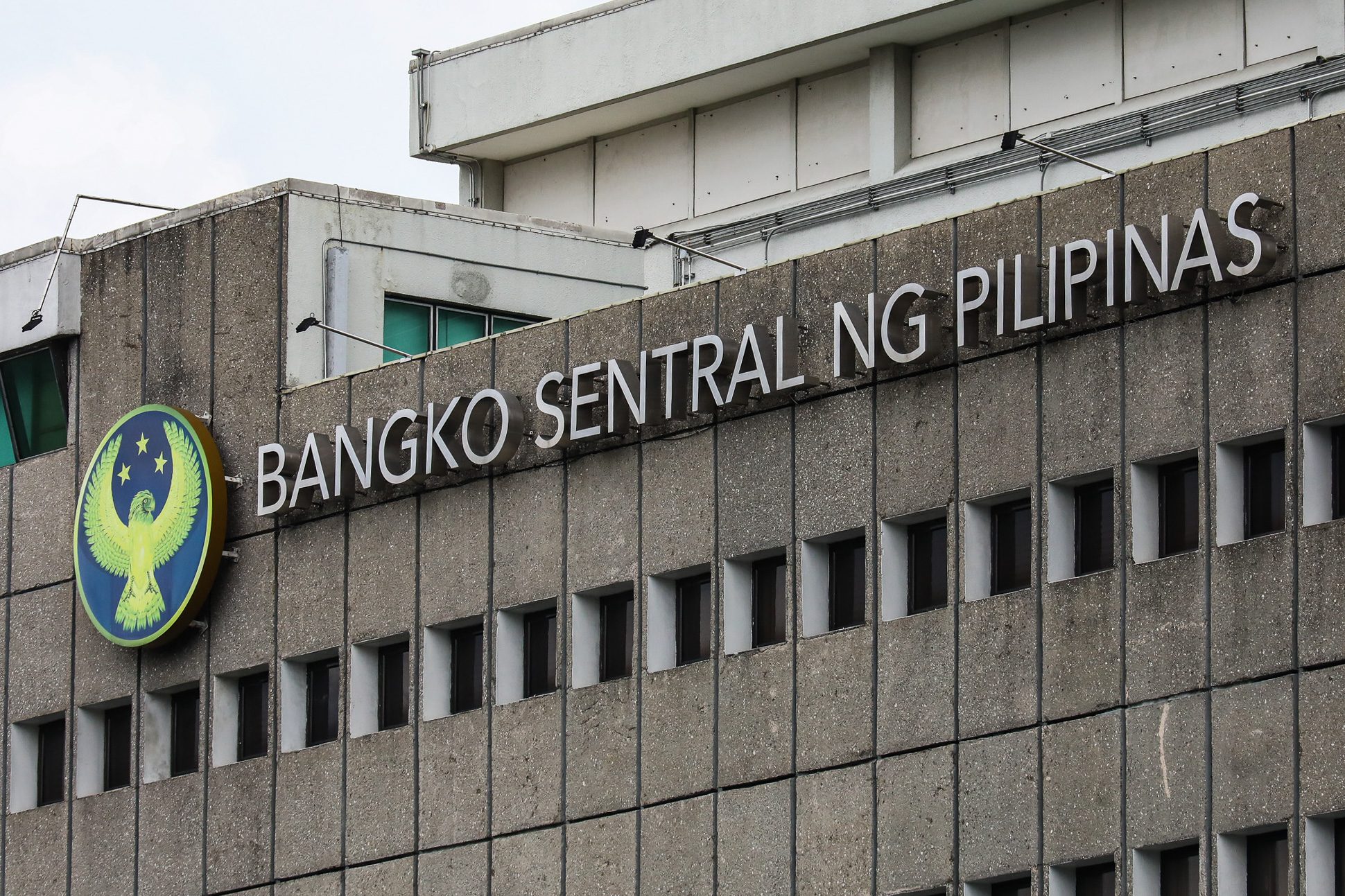SUMMARY
This is AI generated summarization, which may have errors. For context, always refer to the full article.

MANILA, Philippines – The Bangko Sentral ng Pilipinas (BSP) held its key policy rate at 6.5%, marking the second time that the central bank has kept it unchanged since an off-cycle hike in October.
In a rate-setting meeting on Thursday, December 14, the BSP Monetary Board announced that its benchmark interest rate will remain at 6.5% as inflation continued to cool to 4.1% in November.
Because these key policy rates affect the interest rates on banks and financial institutions, the BSP uses adjustments to these rates as its tool to control inflation. (READ: What Bangko Sentral’s interest rate hike means for consumers and the economy)
“The balance of risks to the inflation outlook still leans significantly toward the upside. Key upside risks are associated with potential pressures emanating from higher transport charges, increased electricity rates, and higher oil prices,” the BSP said.
“Meanwhile, the impact of a relatively weak global recovery as well as government measures to mitigate the effects of El Niño weather conditions could reduce the central forecast.”
Prior to Thursday’s meeting, BSP Governor Eli Remolona Jr. had been signaling that the BSP would retain its hawkish stance. Remolona told reporters on December 6 that the central bank does not expect to ease rates yet as it is “premature.” He also said that the BSP doesn’t want to make any “unnecessary tightening,” which could stifle economic growth.
The central bank governor hinted that the Monetary Board may only begin cutting rates once inflation settles within the government’s 2% to 4% target range. He expects the inflation rate to settle within this range by the second half of 2024.
“We want to be sure we stay comfortably within the target range. And then when we’re comfortable about that, then we can start to think about easing,” Remolona said last December 6.
Businesses expect rate cuts in H2 2024
Likewise, the business sector is expecting rate cuts to come in the second half of 2024. BDO Capital president Eduardo Francisco said that the country’s largest bank projects the BSP’s key policy rates to begin falling by September 2024.
“Per BDO’s view, we were – even before the discussion and recent news – projecting that the rate would decrease in September [2024]. So anything that happens before September is upside for us, upside for the country, because that means inflation is staying and the economy will turn, and people will borrow, so that’s good,” he told reporters in a mix of English and Filipino on Wednesday, December 13.
Ruben Zamora, head of Metrobank’s institutional investors coverage division, also said that they expect “slower cuts” from the BSP because “we have more to go on inflation.” But at the same time, the BSP must balance high rates with the danger of hurting economic growth.
“You don’t want to also keep rates high when inflation is already falling,” Zamora told reporters on December 6. “There’s that point where you slow the economy too much. You don’t also want to undermine growth. We’re still a young and growing country.”
Maybank economist Zamros Dzulkafli also said to expect the BSP to hold its key policy rate steady at 6.5% until mid-2024. At the same time, he expects the Philippine economy to grow by 6.5% in 2024, the highest among ASEAN-6 markets. – Rappler.com
Add a comment
How does this make you feel?



![[Finterest] Private banking: How the wealthy keep the money within the family](https://www.rappler.com/tachyon/2024/07/Finterest-wealth-between-the-family.jpg?resize=257%2C257&crop=425px%2C0px%2C1080px%2C1080px)





![[In This Economy] Peso approaches P60 per dollar once more. So what?](https://www.rappler.com/tachyon/2024/05/TL-peso-dollar-economy-may-24-2024.jpg?resize=257%2C257&crop=302px%2C0px%2C720px%2C720px)
There are no comments yet. Add your comment to start the conversation.